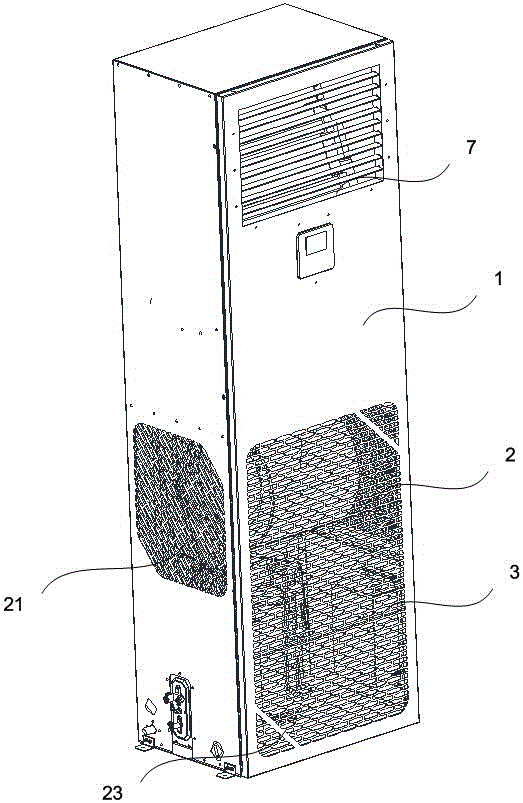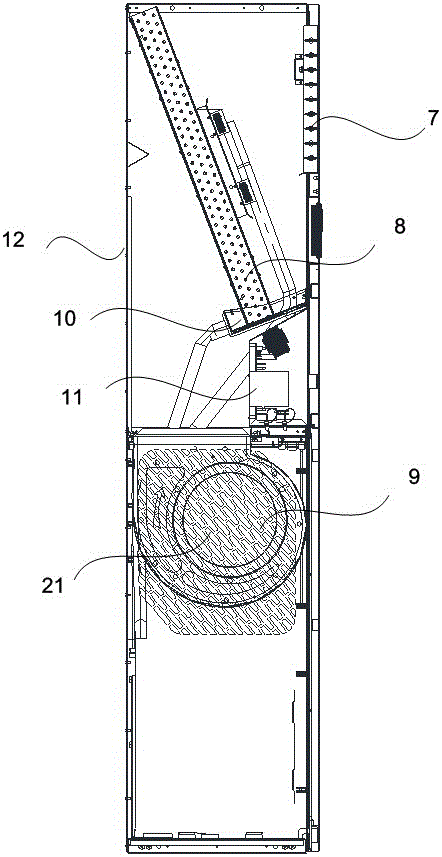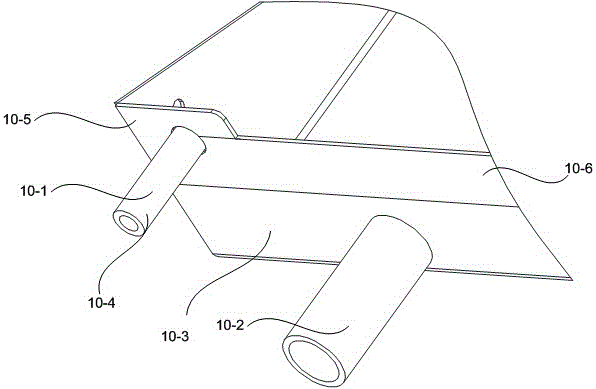Base station air conditioner and control method thereof
A base station air conditioner and control signal technology, which is applied to the control input related to air characteristics, space heating and ventilation control input, air conditioning system, etc. It can solve problems such as equipment damage, short circuit, and poor use environment, so as to ensure normal operation , The operation process is stable and the degree of autonomy is good
- Summary
- Abstract
- Description
- Claims
- Application Information
AI Technical Summary
Problems solved by technology
Method used
Image
Examples
Embodiment Construction
[0036] In order to make the purpose, technical solutions and advantages of the embodiments of the present invention clearer, the technical solutions in the embodiments of the present invention will be clearly and completely described below in conjunction with the drawings in the embodiments of the present invention. Obviously, the described embodiments It is a part of embodiments of the present invention, but not all embodiments. Based on the embodiments of the present invention, all other embodiments obtained by persons of ordinary skill in the art without creative efforts fall within the protection scope of the present invention.
[0037] see figure 1 Shown is a schematic structural diagram of an implementation manner of the base station air conditioner disclosed in the present invention. In this embodiment, the defined base station air conditioners are used in base stations set up in computer rooms, in the wild, in deserts, wild suburbs or similar areas, and work under rel...
PUM
 Login to View More
Login to View More Abstract
Description
Claims
Application Information
 Login to View More
Login to View More - R&D
- Intellectual Property
- Life Sciences
- Materials
- Tech Scout
- Unparalleled Data Quality
- Higher Quality Content
- 60% Fewer Hallucinations
Browse by: Latest US Patents, China's latest patents, Technical Efficacy Thesaurus, Application Domain, Technology Topic, Popular Technical Reports.
© 2025 PatSnap. All rights reserved.Legal|Privacy policy|Modern Slavery Act Transparency Statement|Sitemap|About US| Contact US: help@patsnap.com



